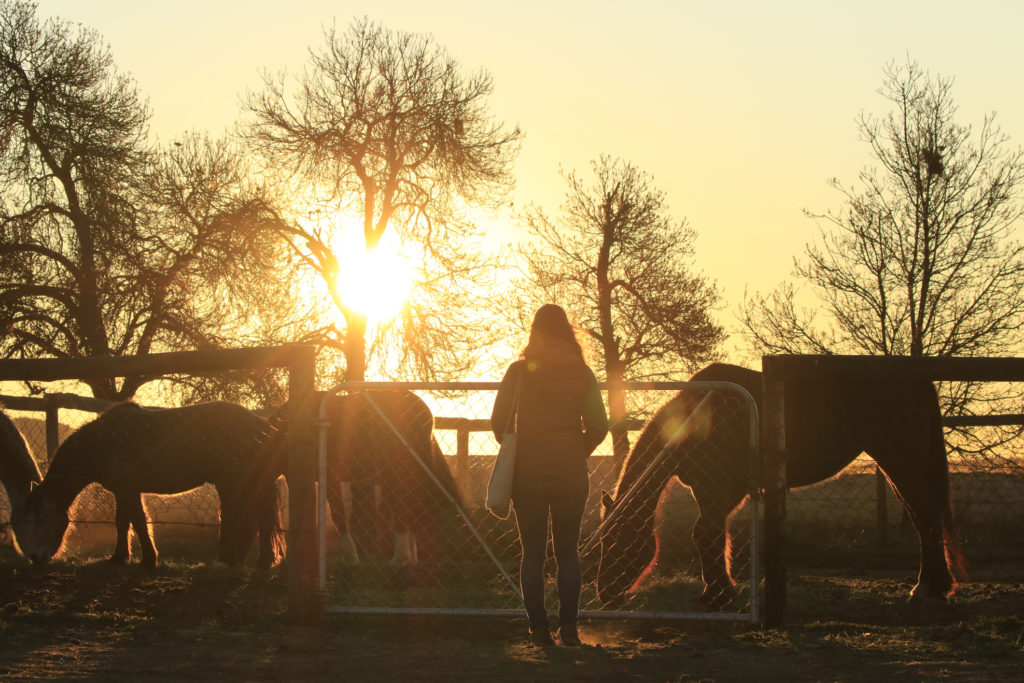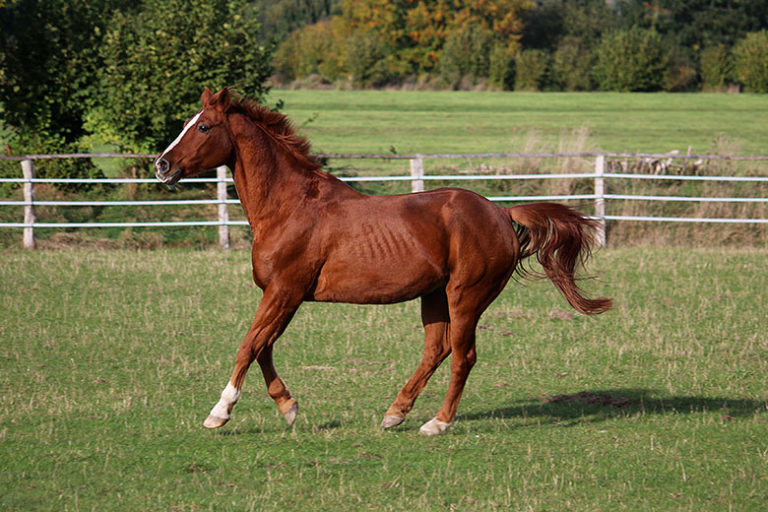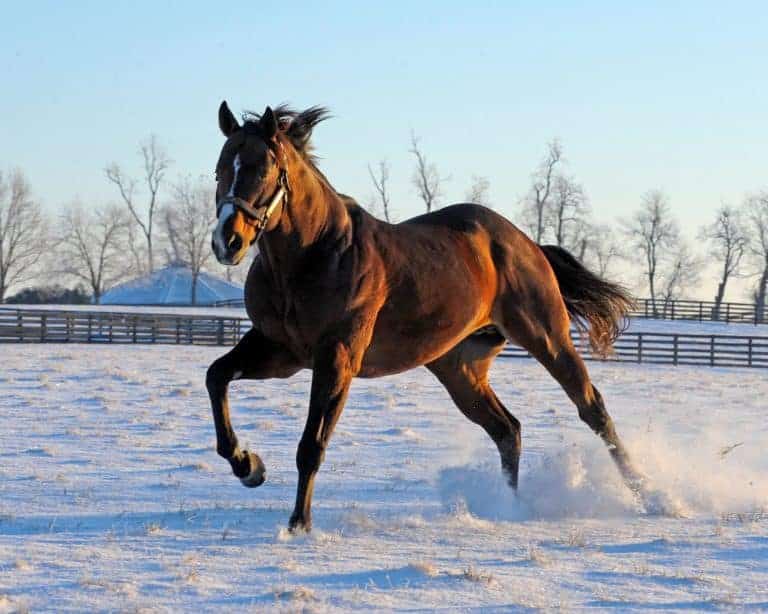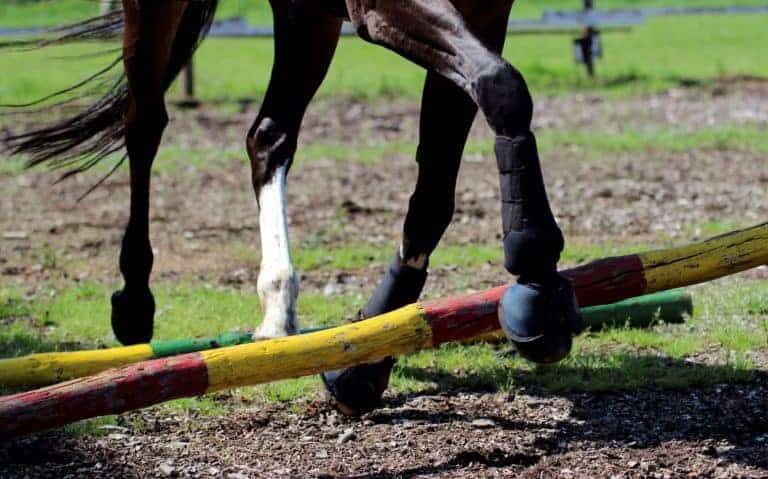Longitudinal Tears in the DDFT
Horses with chronic inflammation of the digital flexor tendon (DDFT) sheath that doesn’t respond to conventional therapy might be suffering from longitudinal tears in the DDFT. Warmbloods which suffer from chronic annular ligament constriction


















